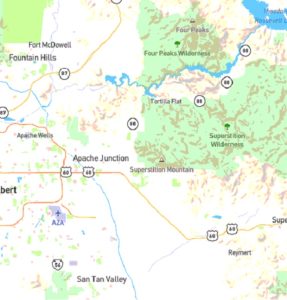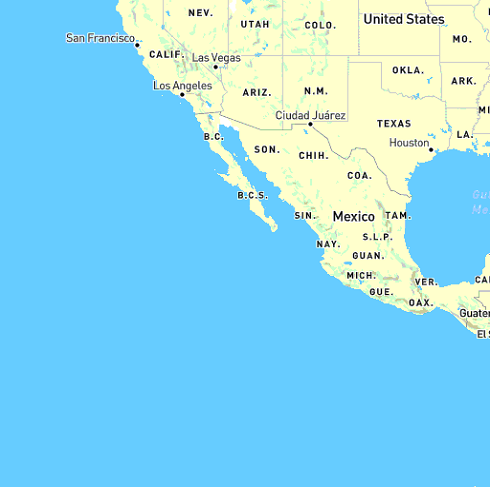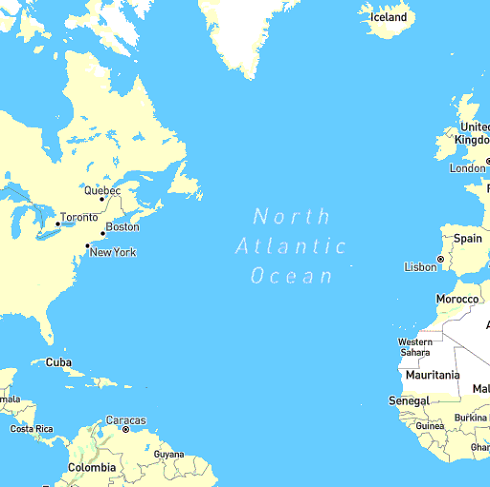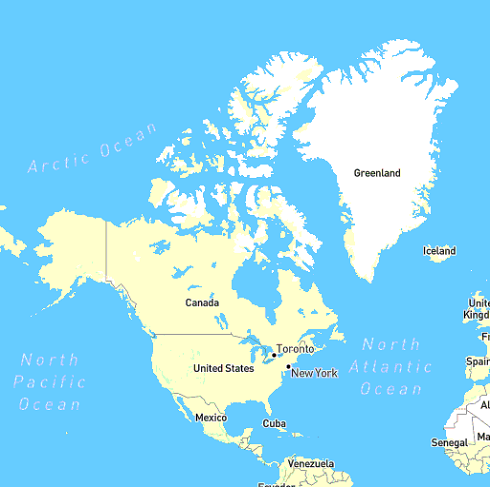Glendale, Arizona vs Gilbert, Arizona Population and Size Compared
Geographic Overview
Glendale, Arizona
- Location: Glendale is located in Maricopa County, in the central part of Arizona, just northwest of Phoenix. It is part of the Phoenix metropolitan area and is known for its proximity to sports venues and entertainment districts.
- Area: Glendale covers an area of approximately 60.5 square miles (156.3 km²).
- Topography: The city is characterized by a mix of urban and suburban areas, with several parks, recreational facilities, and neighborhoods. Glendale features a mostly flat terrain with some hilly areas on the outskirts.
Gilbert, Arizona
- Location: Gilbert is also located in Maricopa County, about 22 miles southeast of Phoenix. It is situated to the southeast of Glendale and is part of the larger Phoenix metropolitan area.
- Area: Gilbert covers an area of approximately 76.0 square miles (196.2 km²).
- Topography: Gilbert has a mostly flat landscape, with a few small lakes and parks throughout the area. The town has a suburban feel, with plenty of green spaces and recreational opportunities.
Size Comparison
In terms of geographic size, Gilbert is larger than Glendale, encompassing approximately 76.0 square miles compared to Glendale’s 60.5 square miles. This difference reflects the more expansive suburban development that Gilbert has experienced in recent years.
Population Statistics
Glendale
- Population: According to the 2020 Census, Glendale had a population of approximately 248,325 residents. The city has seen steady growth over the years, making it one of the larger cities in Arizona.
- Demographics: Glendale is known for its diverse population, with a mix of ethnicities and cultures. The city has a vibrant community that contributes to its unique character.
Gilbert
- Population: As of the 2020 Census, Gilbert had a population of around 267,918 residents. Gilbert has experienced significant population growth in recent decades, making it one of the fastest-growing municipalities in the state.
- Demographics: Gilbert is primarily residential, with a family-oriented community. The population is diverse, with a large percentage of families, young professionals, and a growing number of retirees.
Population Comparison
While both Glendale and Gilbert have substantial populations, Gilbert has a slightly larger population, with around 267,918 residents compared to Glendale’s 248,325. This population difference reflects Gilbert’s rapid growth and appeal as a suburban community.
Historical Context
Glendale
- Establishment: Glendale was established in the late 19th century and incorporated in 1921. The city originally developed as an agricultural community and gradually transformed into a residential and commercial hub.
- Historical Significance: Glendale has a rich history, including the establishment of its downtown area and the development of major sports venues, such as State Farm Stadium, home to the Arizona Cardinals, and the Gila River Arena, home to the Arizona Coyotes.
Gilbert
- Establishment: Gilbert was founded in the early 20th century, originally as a small agricultural community. The town was incorporated in 1920 and named after William “Bobby” Gilbert, who was a railroad magnate.
- Historical Significance: Gilbert has transitioned from a farming community to a suburban powerhouse, particularly in the 1990s and 2000s when it experienced a population boom and economic development.
Economic Conditions
Glendale
- Economy: Glendale’s economy is diverse, with key sectors including retail, healthcare, and tourism. The city benefits from its proximity to Phoenix and the presence of major sports facilities, which attract visitors and boost the local economy.
- Job Market: The job market in Glendale includes opportunities in various industries, including healthcare, education, and retail, contributing to the city’s economic stability.
Gilbert
- Economy: Gilbert’s economy is primarily driven by technology, healthcare, and education. The town has attracted numerous businesses and corporations due to its quality of life and business-friendly environment.
- Job Market: Gilbert has a growing job market, with opportunities in various fields, including technology, healthcare, and education. The town’s economic development has made it an attractive place for professionals and families.
Educational Opportunities
Glendale
- Schools: Glendale is served by several school districts, including the Glendale Union High School District and the Peoria Unified School District, which offer a range of educational programs and services.
- Higher Education: Glendale Community College provides accessible higher education options, while nearby Arizona State University offers additional educational opportunities for residents.
Gilbert
- Schools: Gilbert is served by the Gilbert Public Schools and the Higley Unified School District, which offer quality education and a variety of extracurricular programs for students.
- Higher Education: Several higher education institutions, including Chandler-Gilbert Community College and Arizona State University’s East Campus, provide options for residents seeking further education.
Community Life and Culture
Glendale
- Community Events: Glendale hosts various community events and festivals throughout the year, such as the Glendale Chocolate Affaire and the Glendale Glitters holiday festival, which showcase local culture and community spirit.
- Parks and Recreation: The city features several parks, recreational facilities, and sports complexes, including Sahuaro Ranch Park and Glendale Heroes Regional Park, promoting outdoor activities and community engagement.
Gilbert
- Community Events: Gilbert hosts numerous community events, including the Gilbert Days Festival and the Art and Wine Festival, which celebrate local culture and bring the community together.
- Parks and Recreation: Gilbert boasts a variety of parks and recreational areas, including Freestone Park and Higley Park, which offer sports facilities, walking trails, and picnic areas for residents and visitors.
Transportation
Glendale
- Transportation Network: Glendale is well-connected by major highways, including Interstate 10 and State Route 101, facilitating easy access to Phoenix and surrounding areas. The city has a public transportation system known as Valley Metro, which offers bus services throughout the region.
- Commute: The transportation network supports commuting for residents, providing options for personal and public transit.
Gilbert
- Transportation Network: Gilbert is also connected by major highways, including U.S. Route 60 and State Route 202, which provide easy access to the Phoenix metropolitan area. The town has limited public transportation options but is serviced by Valley Metro bus routes.
- Commute: Gilbert’s transportation network supports commuting within the town and to nearby urban centers, with residents primarily relying on personal vehicles for transportation.
Conclusion
In summary, Glendale and Gilbert are two dynamic cities in Arizona, each offering unique characteristics and opportunities. Glendale is known for its historical significance, sports venues, and diverse population, while Gilbert stands out for its rapid growth, family-oriented community, and strong economic development.
Understanding their differences and similarities can help individuals make informed decisions about where to live, work, and explore. Whether drawn to Glendale’s cultural events or Gilbert’s suburban lifestyle, both cities contribute significantly to Arizona’s vibrant landscape.
Glendale, Arizona vs Gilbert, Arizona Map
Check out the map below to see where these cities are located, and click on the pins to see their populations.






